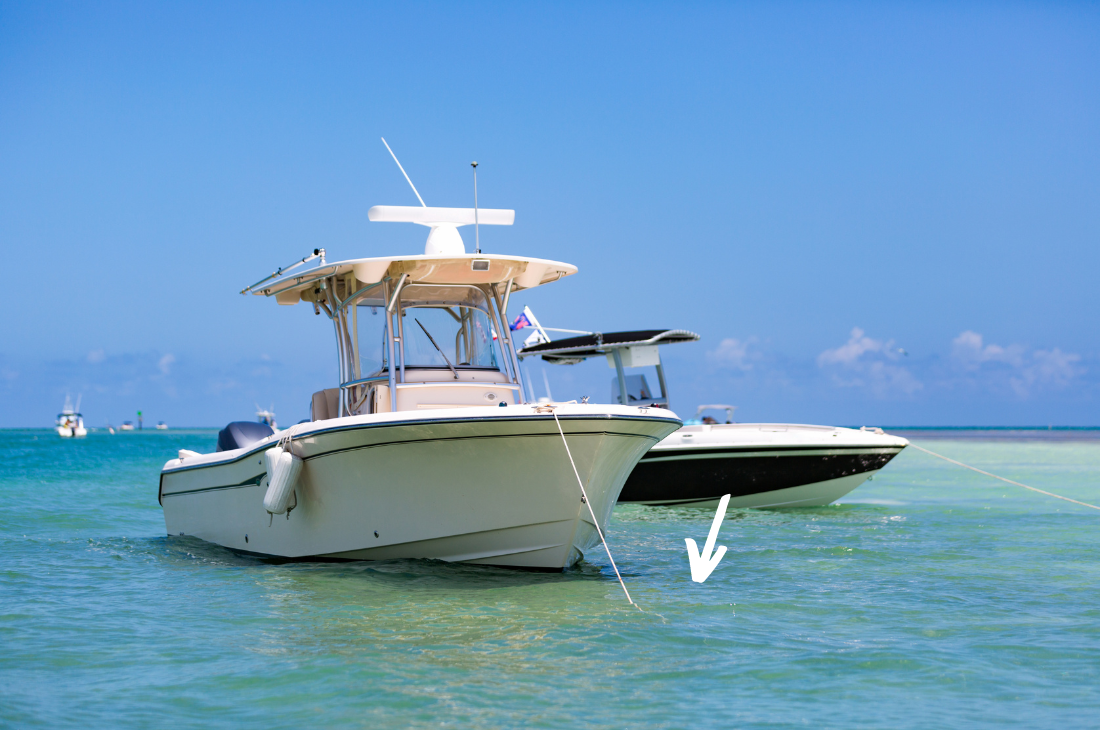
What You Need to Know About Boat Anchoring Etiquette
Anchoring is a fundamental aspect of boating that allows you to enjoy serene coves, picturesque bays, and secluded beaches. As you drop anchor and immerse yourself in the beauty of the open water, it's essential to practice proper anchoring etiquette to ensure mutual respect with fellow boaters and protect the marine environment. In this comprehensive guide, we will explore the key principles of recreational boat anchoring etiquette, covering topics such as choosing the right anchor, respecting anchoring distances, proper anchoring techniques, and preserving marine ecosystems. By following these guidelines, you can anchor responsibly and contribute to a positive boating experience for all.
Choosing the Right Anchor and Equipment
Before you embark on your boating adventure, it's important to equip your vessel with the right anchor and anchoring gear. The type and size of anchor you select should correspond to your boat's size and the type of seabed in the area you plan to anchor. Consider anchors such as fluke anchors, plow anchors, or mushroom anchors, each suited for different conditions. Along with the anchor, ensure you have an adequate length of anchor line or chain to provide sufficient scope, allowing the anchor to set securely. Be sure to equip your boat with a quality anchor roller for deploying and retrieving your anchors, ensuring a smooth and hassle-free anchoring experience. Inspect your anchor and its components regularly for any signs of wear or damage to ensure its reliability.
Respecting Anchoring Distances and Local Regulations
When anchoring in popular or crowded boating areas, maintaining proper anchoring distances is crucial. Anchoring too close to other boats can create an uncomfortable and potentially hazardous situation. As a general rule, leave enough space between your boat and others to account for boat swing due to wind or currents. Be aware of local regulations or guidelines that may dictate specific anchoring distances or areas where anchoring is prohibited to protect sensitive marine habitats or underwater structures. Always research and familiarize yourself with local boating regulations before dropping anchor.
Proper Anchoring Techniques
Proper anchoring techniques play a significant role in ensuring your boat remains secure and stable while anchored. Begin by selecting an appropriate anchoring spot that offers protection from wind, waves, and currents. Approach the chosen spot slowly and gradually, allowing your boat to come to a stop before releasing the anchor. Lower the anchor slowly to the seabed to allow it to set properly. Once the anchor has set, slowly back down in reverse while paying out the anchor line to achieve the desired scope. To test the anchor's hold, apply gentle reverse power to confirm that it is firmly secured.
Environmental Considerations and Protection
Preserving marine ecosystems and sensitive habitats is a collective responsibility of boaters. When selecting an anchoring spot, avoid dropping anchor on coral reefs, seagrass beds, or other delicate marine environments. These habitats are vital for marine life and can be easily damaged by anchor impact. To protect the seabed, consider using designated mooring buoys if available, as they provide an eco-friendly alternative to traditional anchoring. If anchoring is the only option, choose sandy or rocky bottoms that are less likely to cause damage.
Proper Anchor Retrieval and Leaving No Trace
As your boating excursion comes to an end, responsible anchoring practices extend to the proper retrieval of your anchor. Begin by pulling the anchor line or chain straight up, allowing the anchor to break free from the seabed. Use slow and steady forward motion to dislodge the anchor, and avoid using excessive force that could damage the anchor or the seabed. Clean and rinse your anchor and anchor line to prevent the spread of invasive species or debris. Finally, raise the anchor to its stowed position securely to avoid any potential hazards during transit.
Key Takeaways
Practicing proper boat anchoring etiquette is essential for a safe and enjoyable boating experience. Choosing the right anchor, respecting anchoring distances, employing proper anchoring techniques, and considering environmental protection are all key aspects of responsible anchoring. By following these guidelines, you can contribute to the well-being of marine ecosystems, enhance safety on the water, and ensure that everyone can enjoy the beauty of our waterways for years to come. So, drop anchor responsibly, embrace the tranquility of the open water, and be a steward of our marine environment.
